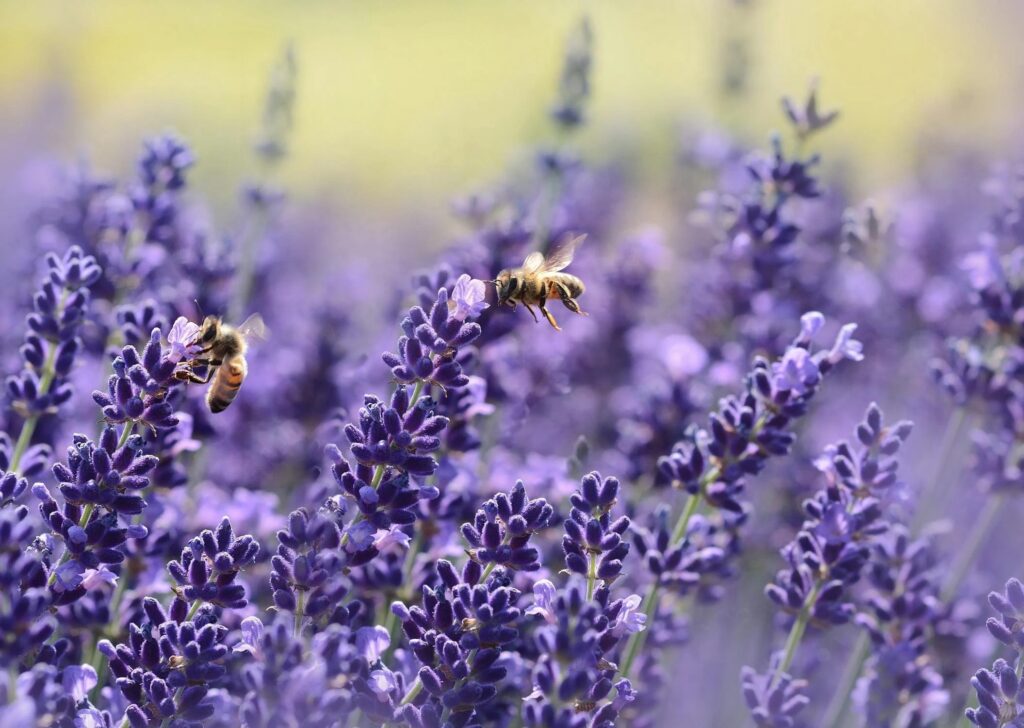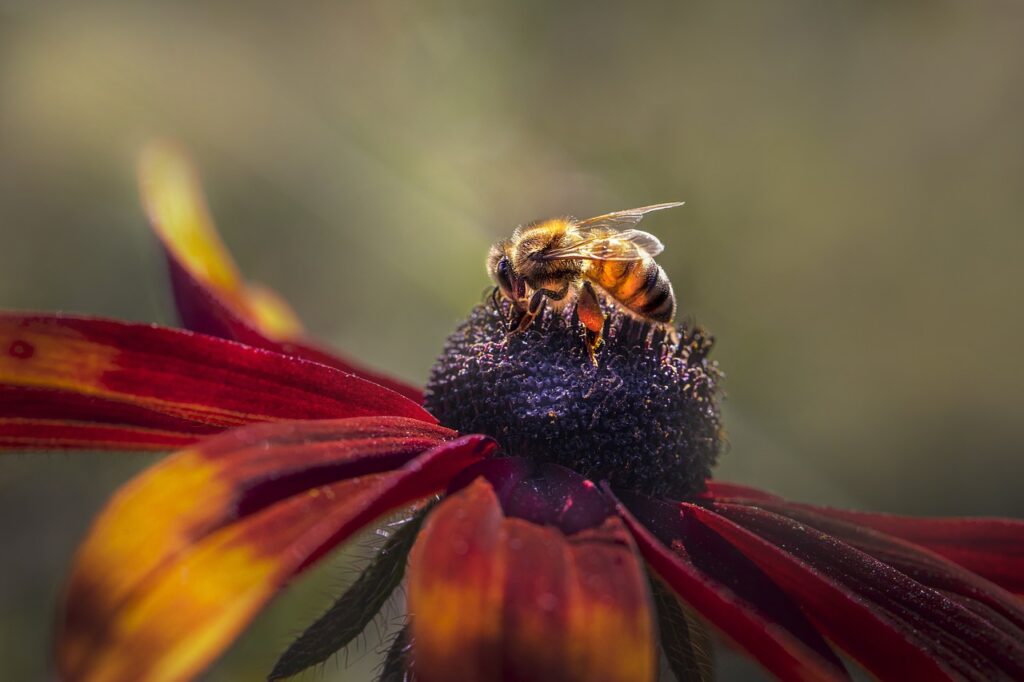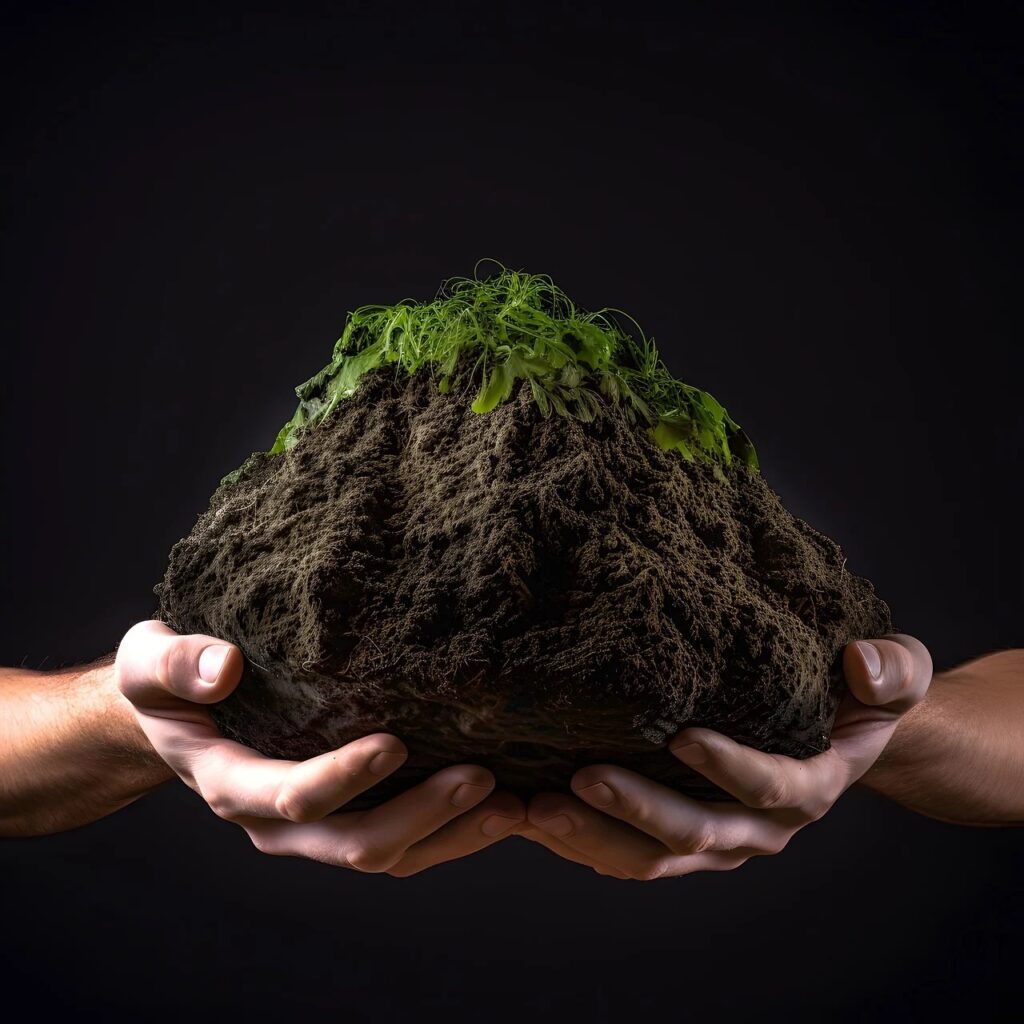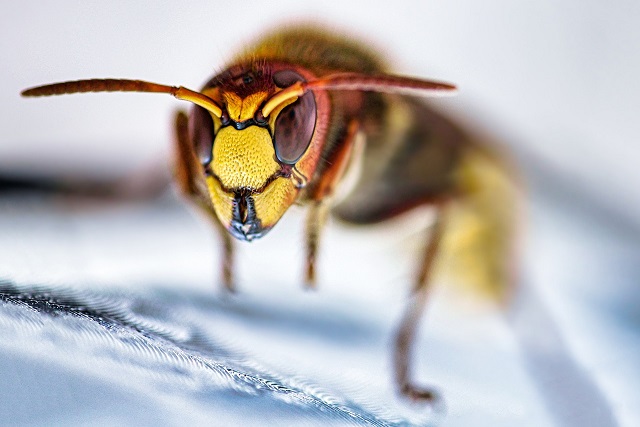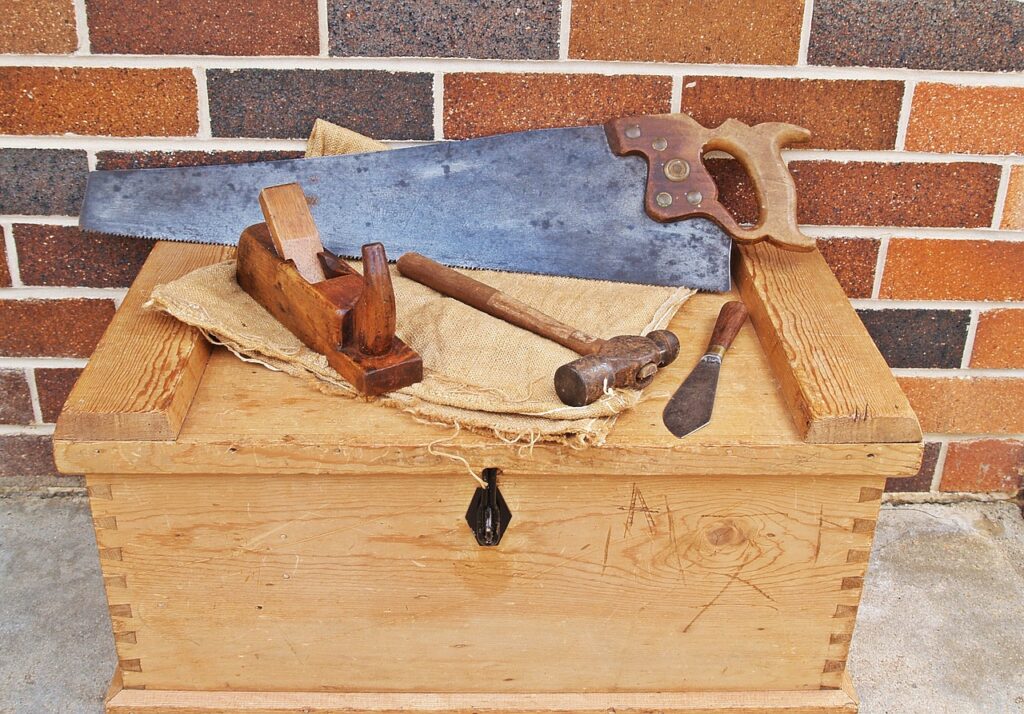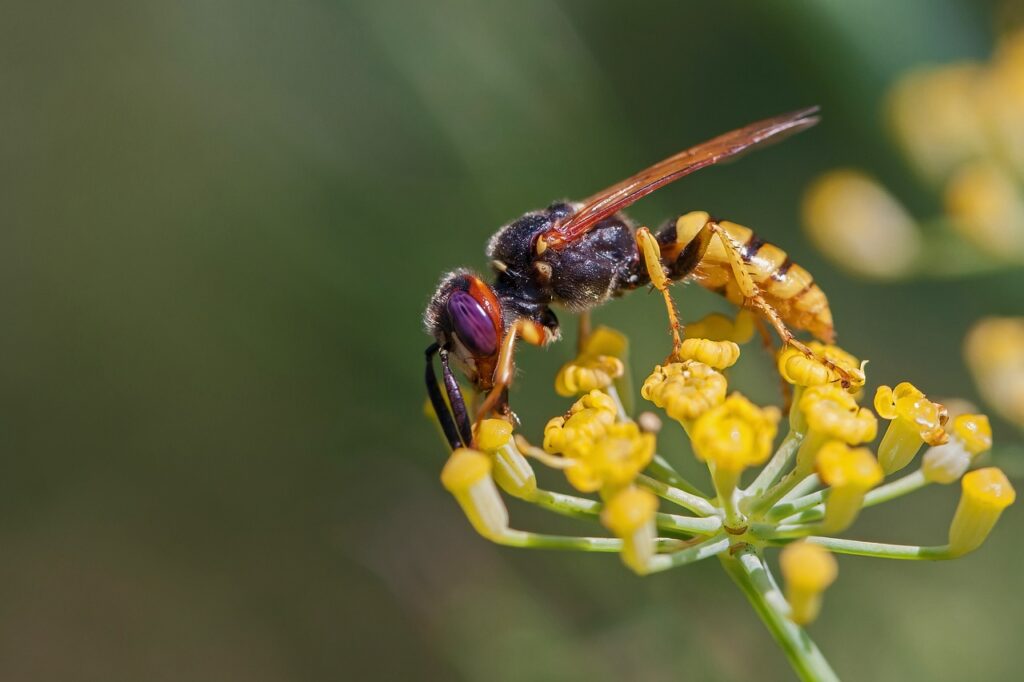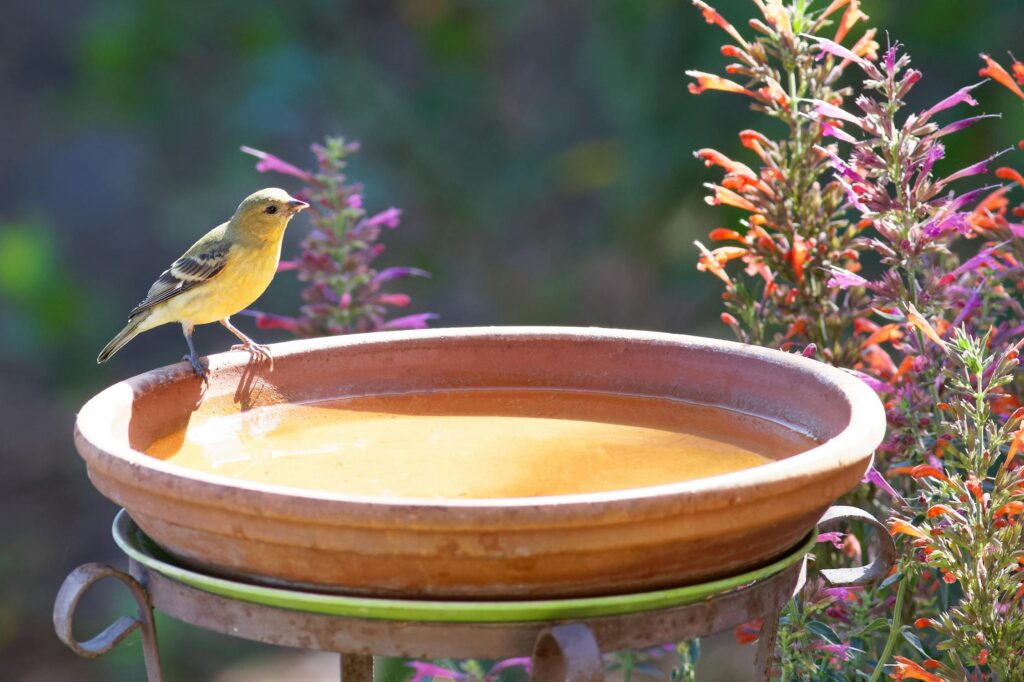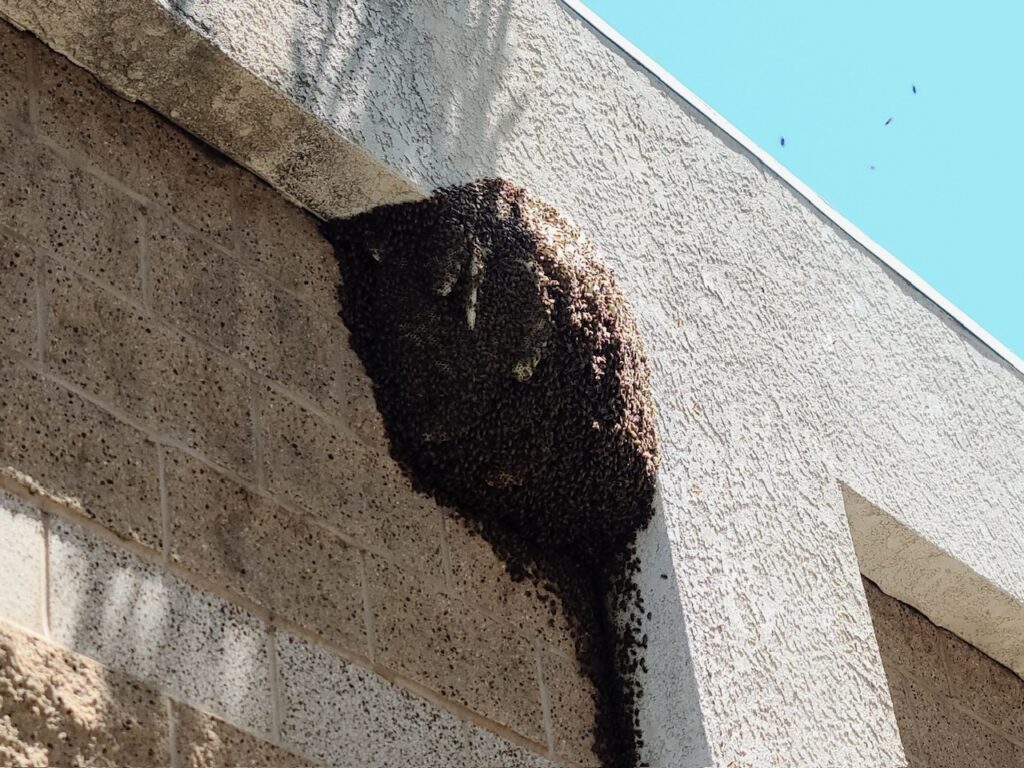Bee News
Irrigation box



When we think of bees, we often picture them buzzing around colorful flowers, pollinating plants, and producing honey in hives. However, nature has a way of surprising us, and one such surprise is the phenomenon of bees making their homes in irrigation boxes. These unassuming structures, designed to manage water flow in gardens and agricultural fields, have become unexpected havens for bees, particularly in areas where natural nesting sites are scarce.
Irrigation boxes, typically made of wood or plastic, can create a unique microenvironment that appeals to bees. One of the key factors is humidity. These boxes often retain moisture, especially in warmer climates, which can mimic the damp conditions found in tree trunks or hollow logs—natural nesting sites for many bee species. The higher humidity levels inside the boxes can provide bees with a comfortable and stable environment for raising their young.
Moreover, the structure of irrigation boxes can offer the protection and seclusion that bees crave. With their enclosed spaces, these boxes shield bees from predators and harsh weather conditions. This is particularly important for solitary bee species, which do not have the communal protection that social bees like honeybees enjoy in their hives.
As urbanization continues to encroach upon natural habitats, bees are adapting to find new nesting sites. The increasing prevalence of irrigation systems in agricultural and residential areas has inadvertently created new opportunities for these industrious insects. Bees are resourceful creatures, and when traditional nesting sites like tree cavities become limited, they will explore alternative options.
Irrigation boxes, with their dark interiors and moisture retention, can be particularly appealing. Some species, such as mason bees and leafcutter bees, are known to take advantage of these spaces. They will often line the interior of the box with mud or plant material to create individual cells for their eggs, ensuring a safe and nurturing environment for their larvae.
The presence of bees in irrigation boxes is not just a quirky occurrence; it highlights the critical role these pollinators play in our ecosystems. Bees are essential for the pollination of many crops and wild plants, contributing significantly to biodiversity and food production. By nesting in irrigation boxes it is best to contact a local bee keeper for extraction.
The sight of bees making their homes in irrigation boxes serves as a reminder of nature’s resilience and adaptability. By understanding and supporting these remarkable insects, we can contribute to a healthier ecosystem and ensure that the buzz of bees continues to resonate in our gardens and fields for generations to come.








